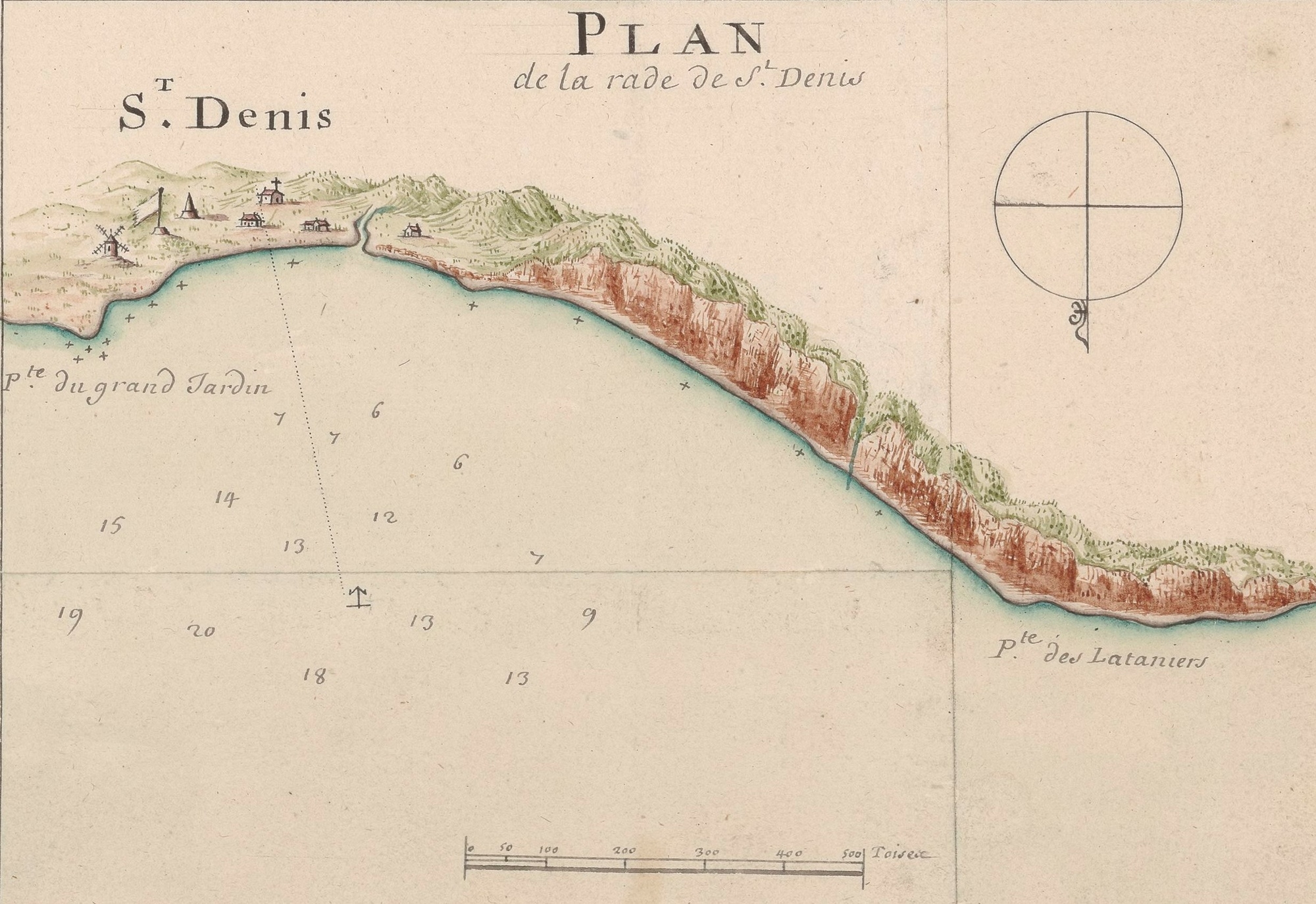
- Home
- Archaeology on Reunion Island
- A structured territory
- Gradual organisation
The settlers established a community in Bourbon in 1663. Over the next two centuries, human, commercial and maritime activities were organised around farms, structuring the layout of the island.
Structured territory
The overall development of the island was governed by the colonial authorities. The colony’s population organised itself and developed the local infrastructure. This included roads (the Saint-Philippe wells), military buildings (redoute), storage depots (place De Gaulle), ports, and bridges.
Urbanisation, farming and industry
The remains of the first urban centres have been found in Les Bas. Archaeology allows us to explore subjects as varied as where people lived, how they farmed and made products, the practices they used to craft and sell objects, the way they consumed and sourced goods, and how they buried their dead.
Import-Export
Goods, livestock and passengers were transported by maritime companies and through port facilities. Despite coastal erosion and the recent strengthening of the shoreline, archaeological studies in the last few years have revealed the remains of maritime infrastructure, including on the Saint-Denis coast (place De Gaulle).
Defending the island
Defensive systems were built along the coast to ensure the island’s sovereignty and security. The island’s extensive military heritage - batteries, a redoubt, and lookouts - has been the subject of recent archaeological investigations.



